The Balmacaan coat
2June 29, 2014 by Ville Raivio
The Balmacaan is a long, loose-fitting single-breasted coat, usually styled with the triad of fly front, short bal collar and Raglan sleeves. The model is named after an estate in Inverness, Scotland, and created for protection rather than rakish good looks. The clothes chronicler Alan Flusser tells us that the model comes from the coats once worn by the Prussian army. The purpose of Raglan sleeves in this case is to improve the coat’s waterproof qualities, as this construction has the sleeve cut and attached to the collar. The more common set-in sleeve leaves a straight seam on top of each shoulder, and from this seam moisture is more apt to seep inside, when the crooked Raglan makes rain drip better to ground.
Products from Pukimo Raivio
Ralph Lauren, Black Label suit, size 52EU
Woollen 1950s Balmacaan with leather buttons
Thanks to its loose cut, the Balmacaan will fit nicely over several layers of clothes and movement is unhindered. The coat usually has a clean, rain-proof fly front and often comes with hacking pockets with buttons. It can be cut and made from any fabric available, but the densely woven and impregnated gabardine is among the finest in wind and rain. Woollens and worsteds, in turn, keep one warmer in chilly climes.
A 1930s version in windowpane wool
The Balmacaan’s collar is rounded, at least 8 cm high and short-pointed. It can be handily turned up for protection in the wind, and most models have a button below the collar for closing. The traditional and protective coat reaches the knees, fashion cuts have shorter hems. The cuffs have no buttons, but some versions have sleeve straps for added comfort and looks. The back has one vent for comfy wear.
A contemporary Balmacaan with loose, understated cut
Woollen Balmacaans usually sport a chest canvas for comfort and form, but true rain coats are typically unstructured and very light. Some makers offer belts that hug the waist and guarantee a nice silhouette in any storm. The coat’s name is Gaelic, but the Joneses have shortened it to bal, which also serves as the name of the collar.
Fly front
Sleeve straps and hacking pockets with buttons
The word itself is rarely used in 2014 as all rain coats can be handily called rain mac(k)s. This name comes from Charles Macintosh, who developed the very first rubbery rain proof fabrics in the first decades of the 19th century. Still, it’s useful to know the Balmacaan because this model is among the oldest coats still in use. This piece of clothing is simple, eminently functional and timeless proof against all climates. It can be made from any fabric, which guarantees nearly endless variation. As long as one wants protection in style, the humble Balmacaan is topical.
The bal collar in its element
Photos: original uploaders
Category Coats | Tags:

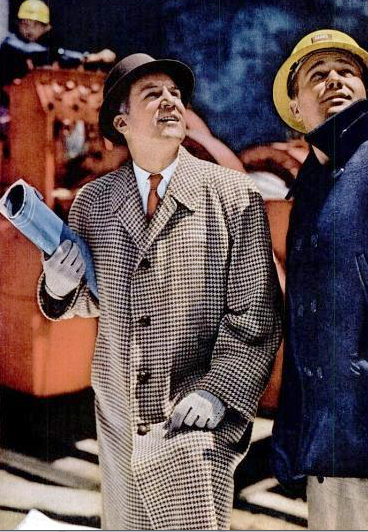
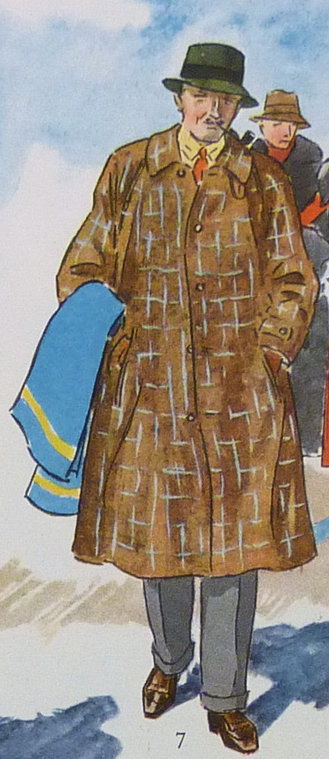
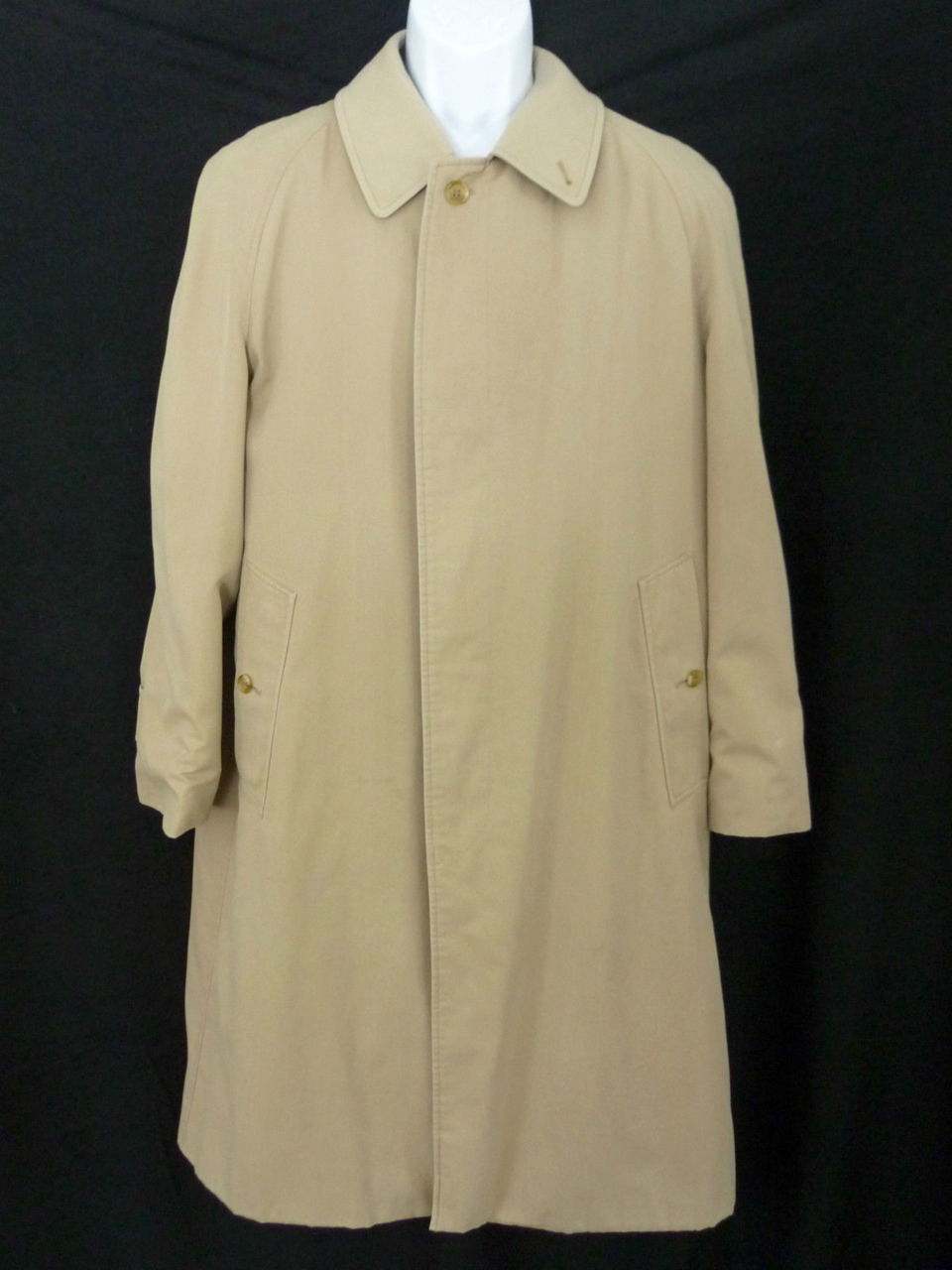
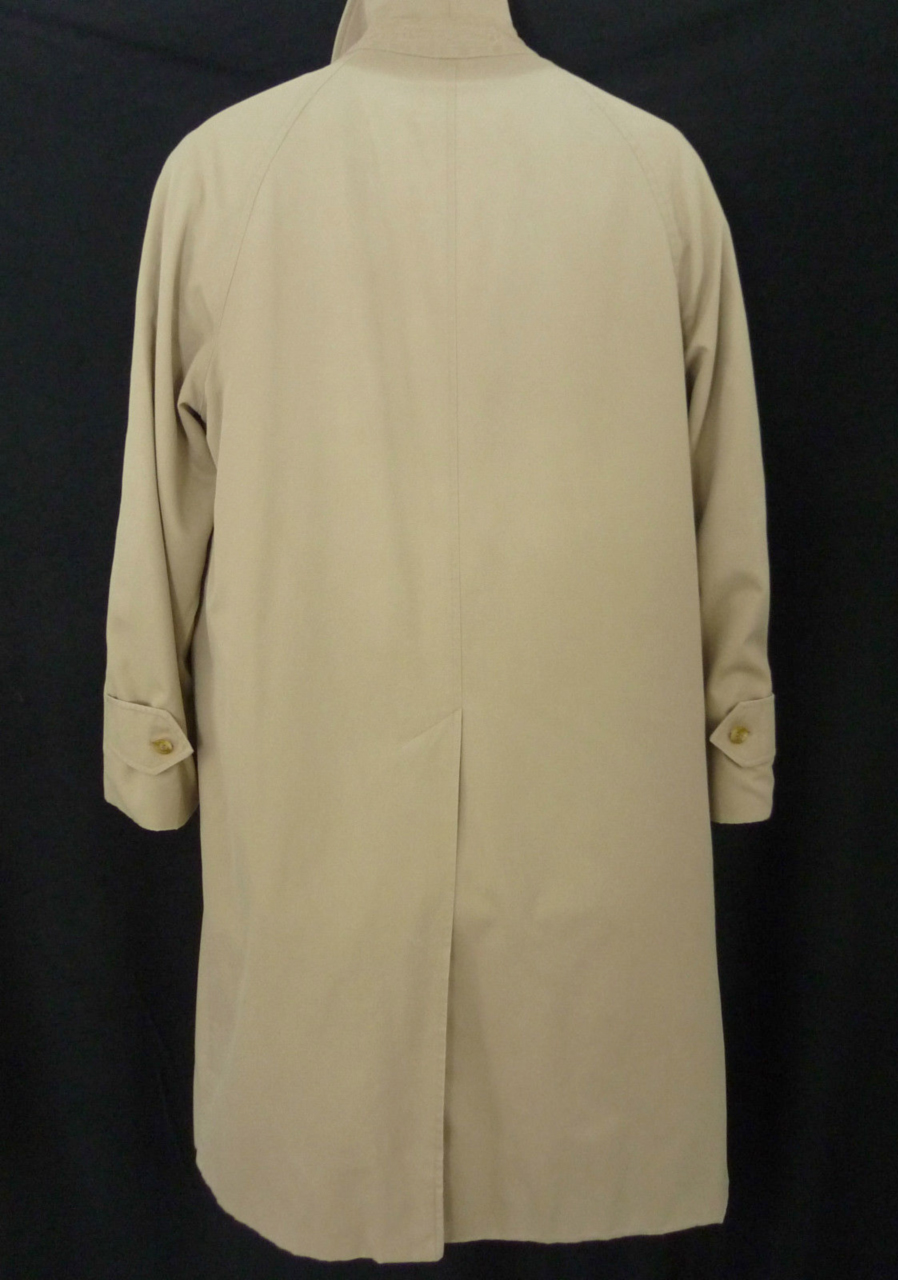
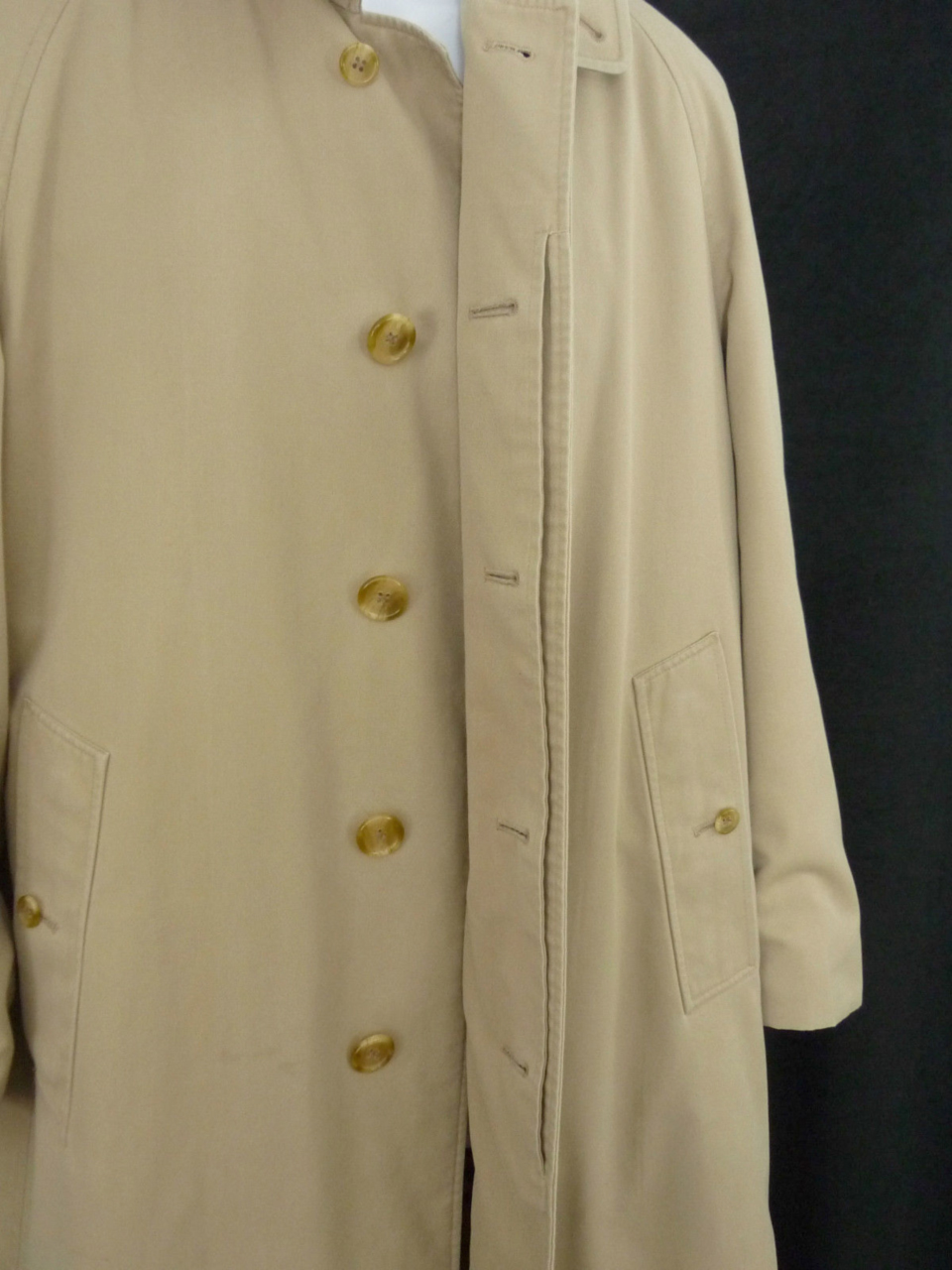
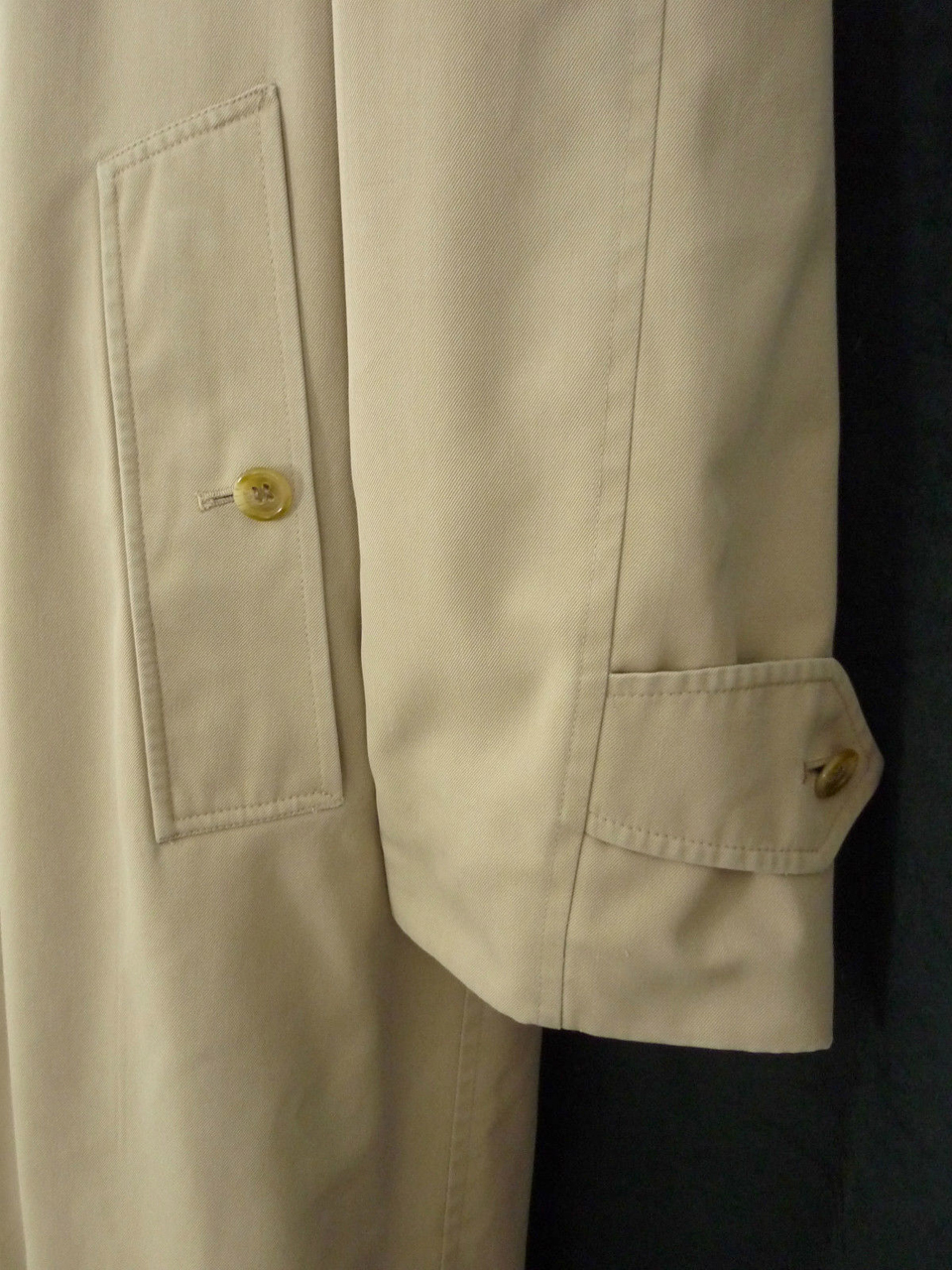
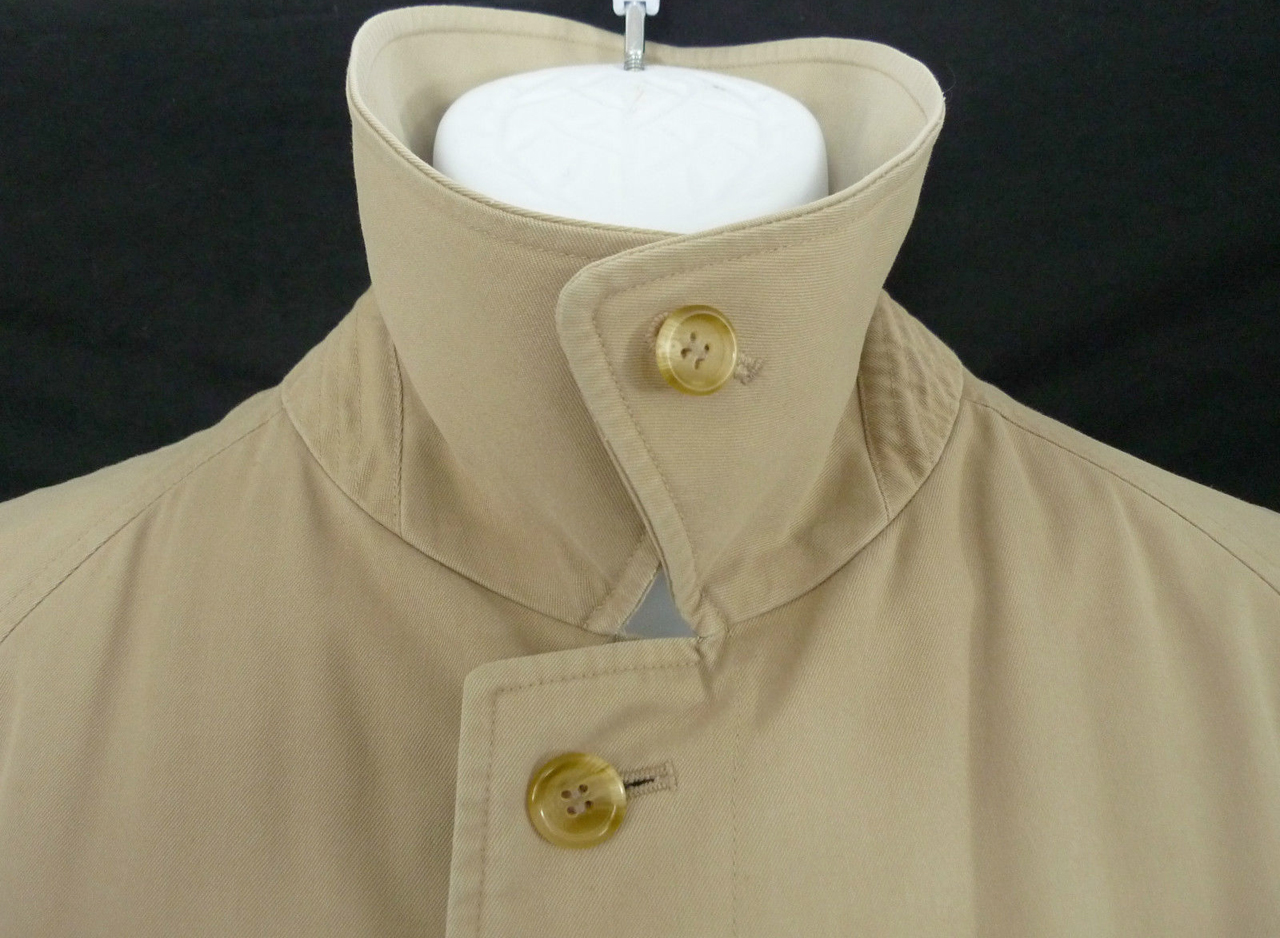


Oddly enough, although the Balmacaan STYLE is well-known in the UK, the name is not. I have only seen the name on international men’s
clothing forums
Thanks for the terrific background on this coat style. I remember knowing it in the 60’s (my mom sewed, taught me to sew and I read the Sears and Montgomery Wards catalogs for fun!), then noticed all the Mad Men fellows were wearing them and decided I had to make one. I’ve been working on it for a couple of weeks, constructed from a red/olive/tan plaid heavy cotton I got at a thrift store. It’s going to be terrific for New Mexico autumn.